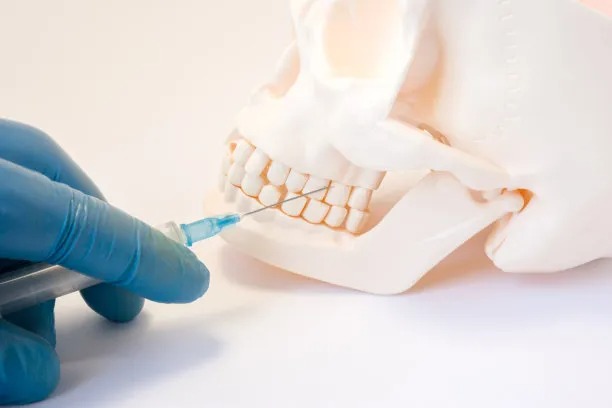The Essential Guide to Extracting a Tooth Safely and Effectively at Home or with Professional Help
Summary: This article serves as a comprehensive guide for safely and effectively extracting a tooth, whether at home or with professional assistance. It emphasizes the importance of understanding the reasons behind tooth extraction, the necessary preparations and techniques, potential risks involved, and the aftercare required for proper healing. By exploring these four critical areas, readers can make informed decisions that prioritize their health and comfort during the tooth extraction process.
1. Understanding Tooth Extraction Necessities

Before taking any steps towards extracting a tooth, it’s crucial to understand why the procedure may be necessary. Common reasons can include severe decay, infection, or overcrowding. Recognizing the underlying issues will guide whether a home extraction is feasible or if professional help is warranted.
In certain circumstances, such as an impacted wisdom tooth, professional intervention is often required. Dentists are trained to handle complications and prevent potential infections, making it essential to assess your situation accurately. Ignoring warning signs could lead to complications, emphasizing the importance of a thorough evaluation.
Additionally, it’s vital to consult with dental professionals when considering home extractions. They can offer advice tailored to your situation and recommend the safest course of action, reinforcing the idea that informed decisions lead to better health outcomes.
2. Preparing for Tooth Extraction at Home
For those who opt for a home extraction, preparation is key to a successful outcome. Begin by gathering all necessary supplies, including sterile gauze, dental floss, antiseptic rinse, and tools like pliers or tweezers for extraction. Cleanliness is of utmost importance, so ensure everything is sanitized to minimize the risk of infection.
Next, creating a comfortable environment is essential. Choose a quiet space with adequate lighting where you won’t be interrupted. Having a partner or friend to assist can also help ease the process, offering support and ensuring safety during the extraction.
Finally, it’s important to manage pain effectively. Over-the-counter pain relievers can provide relief before and after the extraction. Preparation should also include familiarizing yourself with the technique of extracting the tooth to minimize discomfort and enhance safety throughout the process.
3. Safe Techniques for Tooth Extraction
When actually performing the extraction, technique is crucial for ensuring a successful procedure. If you’re extracting at home, gently rock the tooth back and forth to loosen it. This can reduce the force required for extraction, thereby minimizing pain and trauma to the surrounding gums.
Another technique is the use of a twisting motion. Once the tooth is sufficiently loosened, a slow, deliberate turn can help pull it from the socket, making the process smoother and reducing resistance. Patience is essential; rushing can lead to broken teeth or additional complications.
Regardless of your approach, never overlook the importance of comfort and safety. Should any complications arise, such as excessive bleeding or difficulty with removal, seek professional help immediately. Home remedies can augment the experience, but they should never replace professional guidance when needed.
4. Aftercare for Successful Recovery
Post-extraction care is crucial for ensuring healing and preventing infection. After the procedure, bite down on sterile gauze for 30-60 minutes to control bleeding, replacing it as necessary. Keeping pressure on the site is vital for blood clot formation.
Additionally, it’s important to avoid strenuous activity and hard foods for at least 24 hours post-extraction. Soft diets are advised, along with plenty of fluids to help with hydration while allowing the extraction site time to heal. Maintaining a balanced diet is key to recovery.
Finally, monitoring the extraction site for signs of infection, such as increased swelling, pain, or fever, is essential. If any concerning symptoms arise, do not hesitate to contact your dentist. Open communication with dental professionals is fundamental to supporting a smooth and healthy recovery process.
Summary:
In summary, extracting a tooth at home can be a viable option, but it comes with its own set of challenges. The necessity for extraction, thorough preparation, safe techniques, and diligent aftercare all play pivotal roles in ensuring a successful outcome. By prioritizing health and safety, individuals can navigate the tooth extraction process with confidence.
This article is compiled by Vickong Dental and the content is for reference only.



